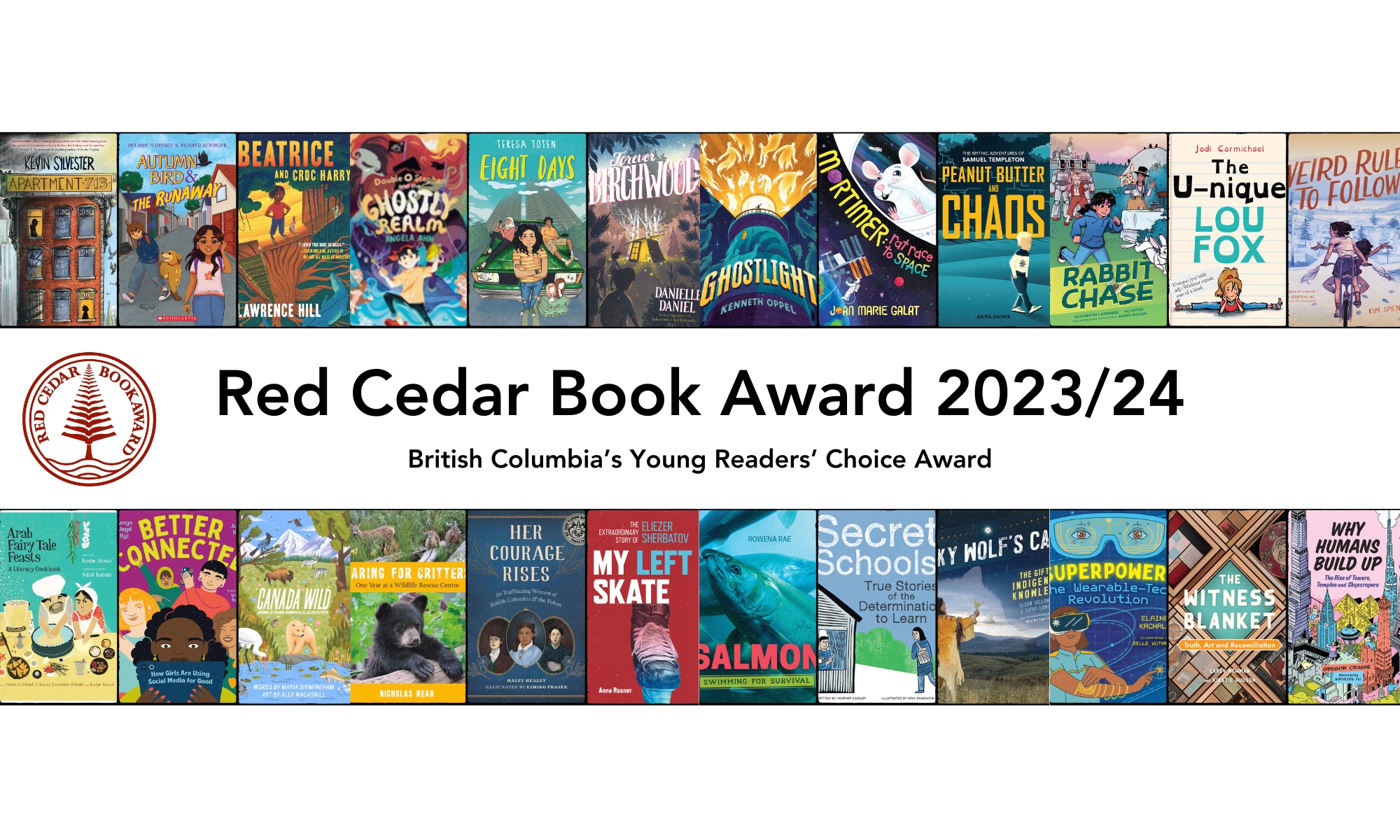With Red Cedar voting just around the corner, and our amazing Gala coming up soon, we’ve got another great author interview to share with you today! The kids at Manoah Steves Elementary in Richmond interviewed If? author David Smith.
 Can you tell us about the other books that you have written?
Can you tell us about the other books that you have written?
I have 4 children’s books, and 1 book for teachers; the curriculum is called “Mapping the World By Heart”, and it helps teachers give their children the tools they need to create a usable mental map of the world for their own use. The other children’s books, besides “If”, the new one, are: “If the World Were A Village”, “If America Were A Village”, and “This Child Every Child” which is a look at children’s rights and the UN Convention on the Rights of the Child, and which is endorsed by UNICEF.
Did you have a career before writing books and what was it/were they?
I taught grade 7 for 26 years, in Hawai’i, and then in the Boston area.
Where do you get your ideas from for your books?
Most of the ideas for my books come from my work with grade 7 students, and what I learned from them about the things that middle-school students want to know about.
When you write a book, do you get to choose who the illustrator(s) will be?
Yes and no; my publisher hires the illustrator, but I get to advise them. For the first three books, my illustrator was Shelagh Armstrong; for “IF”, it was Steve Adams. I haven’t been disappointed at all.
What made you want to or what inspired you to write this book?
“IF” grew out of several requests I have had since the release of “If the World Were A Village” to consider other things that can be scaled down, the way “If the World” scales down the world population of 7.2 billion into a village of 100.
Why did you name this book “iF”?
I thought it was fun and interesting and provocative. My publisher added “A Mind-Bending New Way Of Looking At Big Ideas and Numbers”, and this hasn’t worked for some of the foreign publishers — the French edition is simply entitled “The World In Your Hand”, and the Catalan edition is called “The World Brought Down To Your Size”
Where and when did you get the inspiration to write a book like this?
This topic was one that my grade 7’s and I had fun with — how big is a hectare, how big is the universe, and so on. For this book, I used some of the ideas I had my students play with, and also created new ones.
What was the best part of writing this book?
I had a truly brilliant editor, who was both incredibly supportive and a real task master, making sure every word I wrote was supportable by facts from several different sources. Her name is Val Wyatt; She worked with Kids Can Press for many years, but retired after the publication of “If”, so she won’t be working with me on the next project.
Is there going to be an “iF” 2?
There probably should be, but the next project is about water and sanitation around the world — again, with the support and help of friends at UNICEF.
If you rewrote this book in 10 years, how would the population change?
“IF the World Were A Village” was first published in 2002, and at that point, the population of the world was 6.2 billion; now, 14 years later, it’s 7.3 billion; 10 years from now, I’d expect it to be around 8 billion, and India’s population will surpass that of China.
Why did you want to write about the events of the last 3000 years?
One thing people have trouble understanding, sometimes, is the order and timing of how and when things happen; today’s grade 7’s have never seen a rotary-dial telephone, and may never have seen a typewriter, and so I thought it would be helpful to take a look at when important tools and ideas and events really did happen.
If a person wanted to write a picture book, what advice would you give to that person?
First, go to a children’s book store and ask “do you have anything about…” your idea; see what else has been done on the same topic. There are very few topics that haven’t been done by others, and you want to make sure your idea will add something new to the topic. Note who the publishers are.
Then, prepare a table of contents and three or four pages, mark each with a copyright statement, and go to the library and refer to a copy of The Writer’s Market and get the names and addresses of editors at the publishing houses you want to try. Send them a query letter with your materials, and with a self-addressed stamped envelope. Don’t hold your breath; it may take weeks or months, and you may get nothing but rejection letters, but do not be discouraged — every successful author has a file of rejection letters from their first efforts.
And finally, join some of the authors’ organizations, such as CANSCAIP or SCBWI, and attend their programs.
A big thank-you to David Smith, Teacher-Librarian Lauren Craze, and the kids at Manoah Steves Elementary for this great interview!












